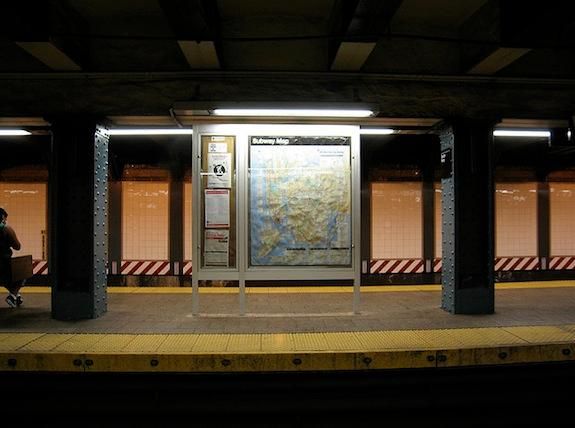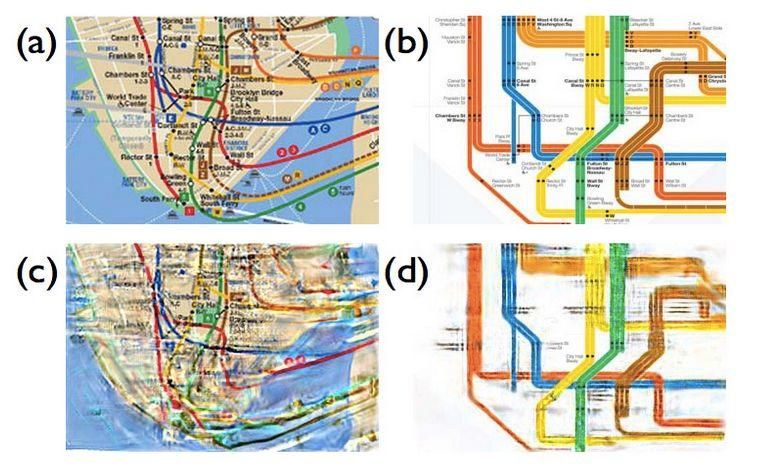How Much of a Subway Map Can One Person’s Brain Process?
A group at MIT has figured out how to build a better subway map, by replicating how the brain processes a map
/https://tf-cmsv2-smithsonianmag-media.s3.amazonaws.com/filer/subway-map-470.jpg)
If you spend enough time in any large subway system, you’ll catch visitors and locals alike squinting at the brightly colored, near incomprehensible lines on the subway map. The task of putting all that information—multiple lines, hundreds of stops, transfers, expresses, locals—into one, brightly colored, comprehensive image has challenged designers for decades. But now, a group at MIT has figured out how to build a better subway map, by replicating how the brain processes a map.
The team put current transit maps through a computer model designed to mimic the brain’s ability—or lack thereof—to absorb a map’s information with just one glance. The resulting visualizations are called mongrels, and they look sort of like what you’d see if you squinted your eyes and focused on one part of the map. But they highlight where the maps confuse us most—what actually just doesn’t make it through to our brains—by showing how our peripheral vision perceives the colored lines and other data.

By putting alternate versions of the New York and Boston subway maps through the computer model, the researchers showed that abstract versions of the maps (as opposed to geographically accurate versions) were more likely to be easily understood in a single, passing glance. You can see this in the researcher’s comparison of these two maps of Lower Manhattan’s subway system. The top two images are the maps; the bottom two are the mongrels:

The current map on the left, dissolves into a confusing tangle. The more abstract one is almost as clear on the bottom image as the top one.
More from Smithsonian.com:
Transit Users Trust Distorted Subway Maps Way Too Much
A Brief History of Death By Subway in NYC
Scientists Unleash Bacteria Into Boston Subway to Study Bioterrorism